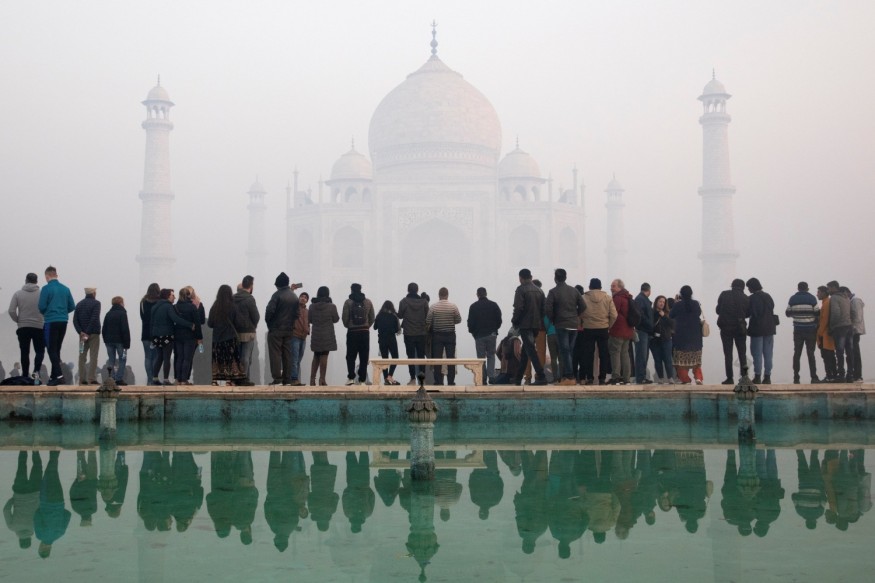
The lockdown resulting from the COVID-19 pandemic reduced the amounts of hazardous air pollutants by a maximum of 54% in five cities in India. A research team from 10 varied scientific disciplines from GCARE or the Global Centre for Clean Air Research of the University of Surrey, collaborated to develop a rapid impact assessment of the COVID-19 pandemic lockdown on the quality of air in the country. The team includes post-doctoral researchers and Ph.D. students.
The WHO or the World Health Organization have presented figures showing that as of June of 2020, the ongoing coronavirus pandemic was the cause of over 477,000 deaths all over the globe. India's share of the mortalities numbers a total of 14,000.
On March 25, 2020, India imposed a total lockdown of its internal and external borders and instituted measures for social isolation. This move affected the mobility and lives of the country's 1.3 billion human population.
The recent study was published in the journal Sustainable Cities and Society. In this report, the Surrey GCARE researchers measured the levels of PM2.5, the hazardous fine particulate matter which is spewed by vehicles and other sources in five cities in India. These cities are Delhi, Chennai, Hyderabad, Mumbai, and Kolkata. The measurements were conducted starting from the imposition of the lockdown last March until May 11, 2020.
The team analyzed the distribution of PM2.5, contextualizing their study findings from data in other cities of different countries around the globe. The study authors also looked at the potential factors which influence the differences in the changes in varying concentration in the five cities being compared. They also measured the aerosol loadings at the regional level.
The study is entitled "Temporary reduction in fine particulate matter due to 'anthropogenic emissions switch-off' during COVID-19 lockdown in Indian cities." Here, the research team compared the air pollution figures during the lockdown with the levels from similar periods from the last five years.
They found that that the pandemic lockdown lowered the concentrations of the dangerous particles in all of the five cities. Mumbai had the lowest reduction, with a 10% decrease; meanwhile, Delhi had the highest at 54%.
The researchers found that the PM2.5 reductions were comparable to the declines of the same particulates in the other cities they looked into. For example, there was a 60% reduction in Vienna and a 42% reduction in Shanghai.
The research team also computed the value in terms of financial savings from the premature mortality that was avoided from the reduced pollutant concentrations. They concluded that 630 people might have avoided untimely death, with a savings of 690 million dollars in terms of health costs.
The research team also said that the lockdown offered opportunities to observe the potential control regulations and systems meant to improve air quality in urban areas. The overall impact of interventions similar to a lockdown may benefit from an integrated approach, supporting relevant frameworks for future policies.
Professor and GCARE Director Prashant Kumar says that the pandemic devastated the livelihood of billions of people all over the world. The global event allowed scientists to quantify how human activity can impact the environment, particularly air quality.
© 2026 NatureWorldNews.com All rights reserved. Do not reproduce without permission.





